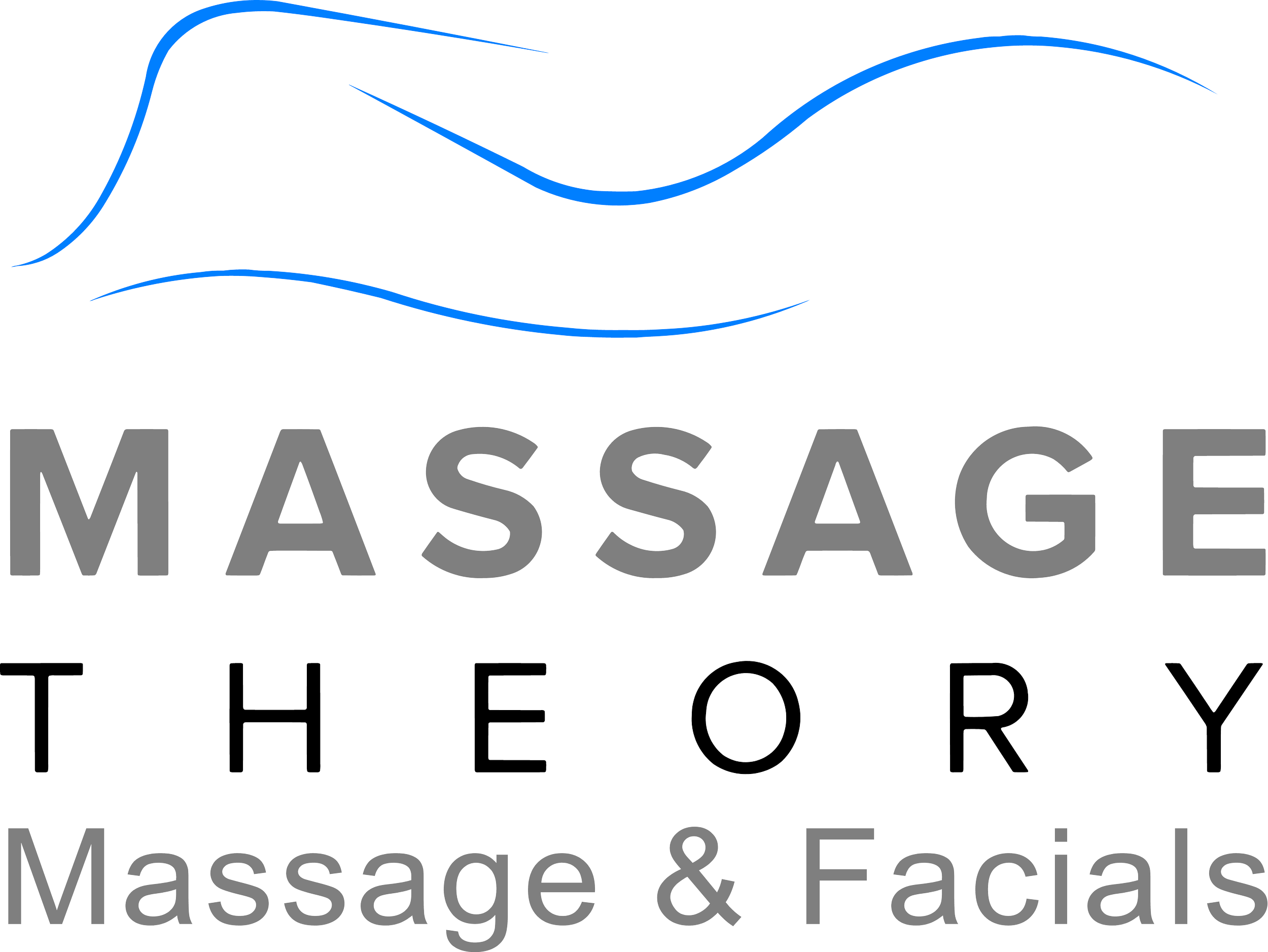The Evolution of Massage Tools and Technology in 2024: A Comprehensive Overview
The landscape of massage therapy is undergoing a remarkable transformation in 2024. With the integration of advanced technology, the evolution of massage tools is enhancing both wellness and healthcare. Modern innovations such as electric muscle stimulators and virtual reality applications are revolutionizing how therapists approach their practice, offering more personalized and effective treatments.
In 2024, hyper-personalization has become a major trend in the massage industry. Clients now expect tailored and customized experiences, which can be achieved using data-driven insights. Advanced massage tools, such as all-in-one back massagers and electric stimulators, cater to these individual needs, making each session unique and highly effective.
Additionally, the economic impact of these technological advancements is substantial. The global massage equipment market is experiencing significant growth, projected to reach $22.47 billion within the next seven years. This surge reflects the increasing demand for innovative massage tools and the vital role they play in modern healthcare and wellness programs.
Advancements in Massage Tools and Techniques
In 2024, the field of massage therapy is being transformed by technological innovations. AI and advanced devices are playing a crucial role in enhancing traditional techniques and wellness practices. Below, we explore how these developments are shaping the future of massage therapy.
The Rise of AI and Advanced Devices in Massage Therapy
AI integration in massage therapy is revolutionizing the industry. Advanced massage tools, such as AI-powered massage chairs and massage guns with customizable settings, have become more prevalent. These tools offer precision and personalization, allowing therapists to tailor treatments to individual needs.
Innovations like these enhance the effectiveness of therapies like shiatsu and deep tissue massage. AI algorithms can analyze your muscle tension and automatically adjust the pressure and technique, providing a highly personalized experience. This leads to better recovery and overall mental well-being.
Influence of Modern Innovations on Wellness Practices
Technological advancements are significantly influencing wellness practices. Virtual reality sessions offer a holistic approach, combining visual and sensory relaxation techniques with traditional massage. This technology helps in creating a serene environment, effectively enhancing the mental health benefits of massage therapy.
Massage chairs and other advanced massage tools contribute to wellness trends by offering accessible options for self-care. These devices are equipped with various modalities, enabling you to experience professional-level massage at home. As a result, recovery and healing processes become more convenient and effective.
Integrating Massage Therapy with Healthcare Trends
The integration of massage therapy with broader healthcare trends is gaining momentum. Collaborations between healthcare professionals and massage therapists are becoming more common. This synergy aims to improve patient outcomes, especially in areas like pain management and mental health.
Modern massage techniques are being adapted to align with healthcare advancements. For instance, incorporating sensors and AI analytics helps therapists monitor and adjust treatments in real time. This integration ensures that massage therapy remains a vital component of holistic wellness and healthcare strategies, focusing on both physical and mental recuperation.
Enhancing Client Experience and Accessibility
Enhancing the accessibility of massage services involves integrating personalized treatment plans, leveraging technology for online scheduling, and emphasizing sustainability in practice. These strategies enable a more inclusive and convenient experience for all clients.
Personalized Treatment Plans and Client Education
Creating personalized treatment plans addresses the unique needs of clients, considering factors such as age, gender, and specific health issues. This approach ensures that each session is tailored to maximize relaxation and therapeutic benefits.
By educating clients about their health and wellness, you empower them to take an active role in their treatment. Clinics and spas can use digital platforms to provide educational materials, enhancing client engagement and satisfaction.
Expanding Access through Online Platforms and Scheduling
Online scheduling platforms make booking appointments more convenient, allowing clients to fit sessions seamlessly into their busy lives. Utilizing social media channels like Facebook and Instagram can foster a sense of community and make it easier for potential clients to discover available services.
By offering virtual consultations and telehealth options, you can further expand access, especially for those who may have mobility challenges or live in remote areas.
Sustainability and Ethical Practices in the Massage Industry
Focusing on sustainability within the massage industry involves adopting environmentally responsible practices. This can include using eco-friendly products, reducing waste, and sourcing sustainable materials for spa services.
Promoting these practices not only helps the environment but also appeals to clients who prioritize sustainability. By integrating ethical practices into your business model, you contribute to the well-being of both the community and the planet.
